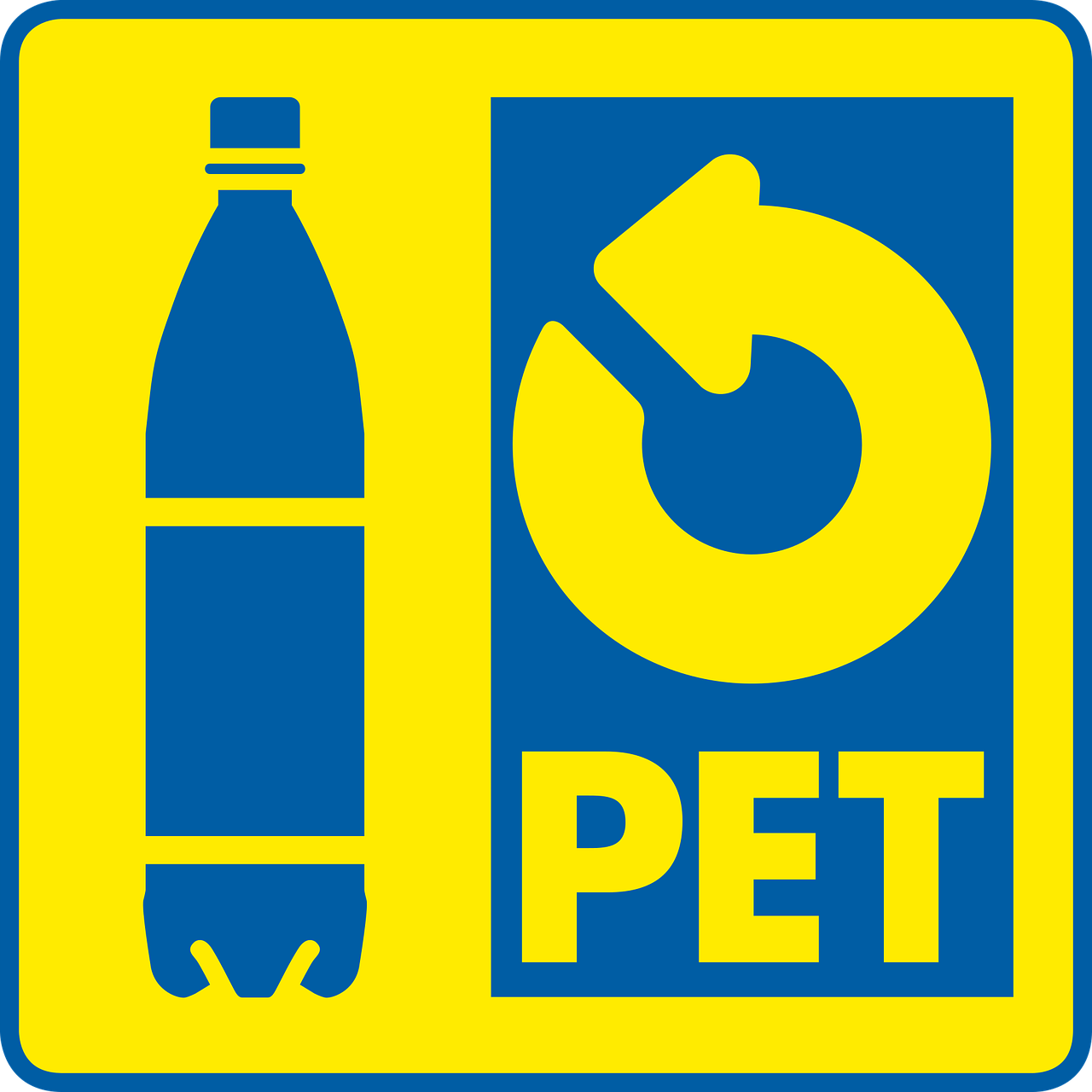Recycled Polyethylene Terephthalate
• Refers to any PET material that comes from a recycled source rather than the original, unprocessed petrochemical feedstock.
• Originally, PET (polyethylene terephthalate) is a thermoplastic polymer that is lightweight, durable, transparent, safe, shatterproof, and highly recyclable.
• Recycled PET (rPET) has a much lower environmental impact than its virgin counterpart.
• Created by recycling plastics that were previously used as packaging materials such as plastic bottles & other post-consumer plastic.
By recycling PET bottles and turning them into rPET, one can conserve a great amount of landfill space as one ton of PET equals 7.4 cubic yards.
By allowing post-industrial PET waste to circle back and re-enter the production phase, the amount of raw material required for PET production decreases.
Leads to a reduction in greenhouse gas (GHG) emissions by more than 79% compared to virgin PET.
Recycling PET can also help minimise ocean-bound PET waste, which is extremely toxic to the ecosystem both as macro-sized plastic waste and broken-down, microplastic waste.
Usually, post-consumer PET is collected through programs such as curbside recycling. Once collected and sorted, it is transported to material recovery center, where the material is cleaned and chopped up into small flakes. The flakes are then melted and made into pellets or fiber for manufacturing of new products.
Detail process of recycling PET is made of 5 consecutive stages:
1. Disposal
2. Collection and initial separation
3. Shredding, separation, cleaning, and sorting
4. Mixing and formulating additives
5. Reactive compounding
rPET can be used in manufacturing different variety of consumer products. These includes tee shirt fabric, polyester carpet fibers, athletic shoes, long underwear, fiberfill for winter coats, sleeping bags and sweaters, upholstery, luggage, sheet and film, industrial strapping, new PET containers, automotive parts any many more.
